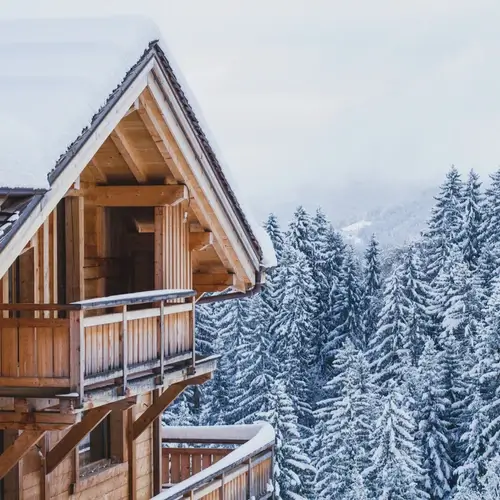

With remote working a possibility for many more employees today than before the pandemic, people can often choose where to work on a daily basis. If you are in this situation and would love to spend more time in a place you like to vacation, buying a second home might be a smart move. It’s a popular choice; the National Association of Realtors reported that from January to April 2021, vacation home sales jumped 57.2% from the year before. If a vacation home is on your wishlist here are some important “do’s” and “don’ts” as you start the process:
DO Have a Clear Vision of the Purpose of Your Vacation Home
Before you sign the mortgage papers, make sure you have a plan for how to use this second home. You could treat it like your primary residence, staying there most of the time and either rent out your primary home or go back frequently enough to maintain it. Or you could use your vacation home just for getaways from normal life. You could also use it as an investment property, renting it out to other vacationers. Each of these options may require a different type of mortgage, so it is important to know your purpose before you buy.
Don’t Assume Rents Will Always Cover the Mortgage
If you plan to rent out your vacation property all or part of the time, you may assume that rental income will cover your mortgage payment. There is no guarantee that you will be able to get as many renters as you need. An extreme example is the recent pandemic when people were not allowed to travel for several months, making it difficult for many vacation homeowners to keep their units booked. Be sure you can pay for the monthly mortgage without full rental occupancy, so you don’t end up defaulting in low months.
Do Understand the Vacation Home Mortgage Stipulations
Mortgage lenders define vacation homes in specific ways. For example, for a Freddie Mac-approved loan, a second home must be a one-unit dwelling that is occupied by the borrower for at least part of the year. It must be suitable for year-round occupancy, cannot be a timeshare, and potential rental income cannot be used to qualify for the mortgage. There are also different borrower qualifications for second homes than for primary residence, like lower debt-to-income ratios, higher credit scores, and greater cash reserves.
Don’t Underestimate the True Cost
A monthly mortgage payment is not the only cost you need to consider when buying a vacation home. There are closing costs and fees associated with the mortgage, as well as property taxes and homeowner's insurance. And there will be maintenance and repair costs to keep the home in good shape. If you plan to rent it out, there may be property management fees or advertising costs. Factor all this into your budget when deciding if you can afford a second home.
Do Make a Larger Down Payment
Unlike with many primary residence mortgage loans that can require as little as 3% down, for a second home loan you will typically need at least a 10 percent down payment, and in some cases up to 35%. This is because a vacation home purchase is a bigger risk to lenders as it puts added strain on your finances. And lenders assume that if you fall on hard times in the future and can’t make both mortgage payments, you're more likely to stop making payments on your vacation home as you continue to make payments on your primary residence. For this added risk, lenders want more money upfront to protect themselves in the event of a loan default.
We can help answer any questions you may have about the vacation home loan process and help you determine if you’re ready to take the exciting step of buying a second home.
